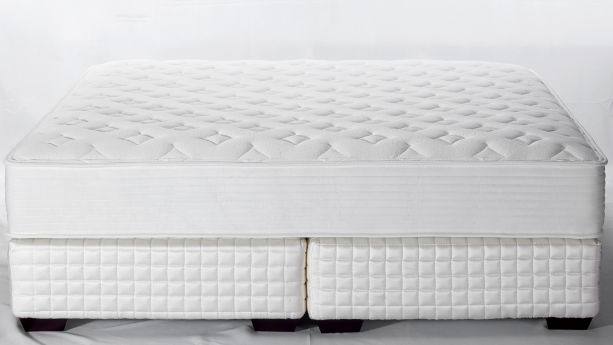
Workwear in the United States are covered by various standards and other compliance requirements intended to ensure that these meet certain safety and performance criteria.
In this guide, we take a closer look at Occupational Safety and Health Standards, ASTM standards, 16 CFR Part 1610, and other compliance requirements relevant for workwear in the US.
Continue reading Workwear Regulations and Standards in the United States: An Overview
































